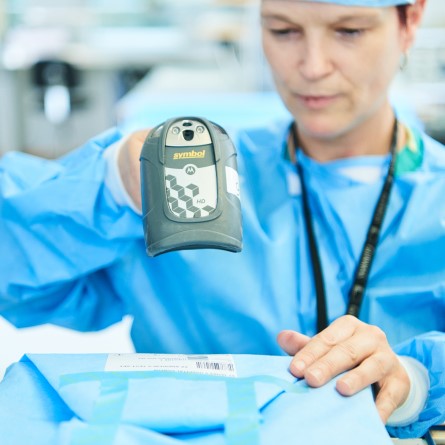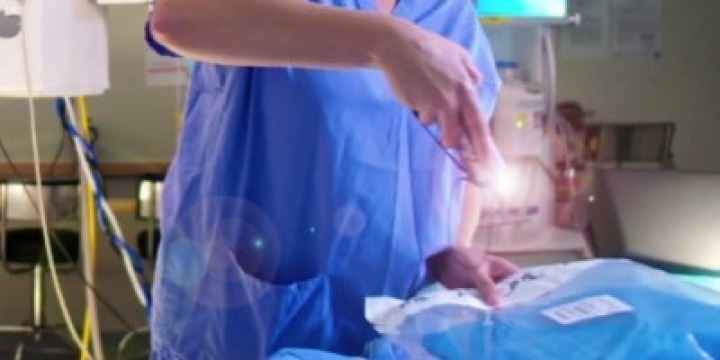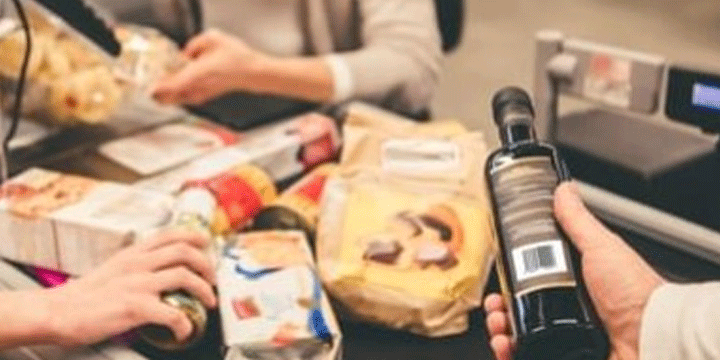July 12, 2023 Industry news
GS1 Global Trade Item Numbers used as the as the primary unique device identifier by more than 95% of medical devices
To assess the number of GS1 Global Trade Item Numbers (GTINs) used for unique device identification, GS1 Global Office and GS1 UK conducted a survey* of more than 2400 products.
Products covered medical devices in cardiology, main stores, and prosthetics at Portsmouth Hospitals University NHS Trust, and the highlight results can be seen below.
Headline results
More than 95% of the 2433 medical devices assessed use a GS1 GTIN for UDI.
More GS1 GTINs used as the primary unique device identifier than in 2018.
Use of the GS1 2D DataMatrix on product packaging has nearly doubled since 2018.
Results over time
The barcode survey was first conducted in 2016, then in 2018, and most recently in 2023.
Of the stock keeping units (SKUs) reviewed coverage was found at:
- 70% in 2016
- 83% in 2018
- 95.5% in 2023
- GS1 2D DataMatrix usage nearly doubled to 21% in 2023 from 2018
This indicates a significant uplift in GTIN adoption for medical devices in recent years. Many devices are shown to use a GTIN as the preferred unique device identifier (UDI) for regulatory compliance.
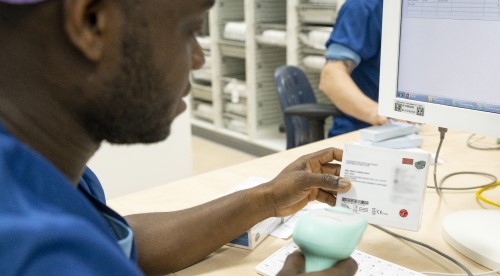
Regulatory compliance
GS1 is an authorised issuing entity for EU and FDA medical device regulations, and by the Medicines and Healthcare products Regulatory Agency (MHRA) for future medical device regulations in the UK.
Suppliers that are already using GS1 standards will be ready to comply with developments and can do so with a globally recognised standard to meet other international regulations.
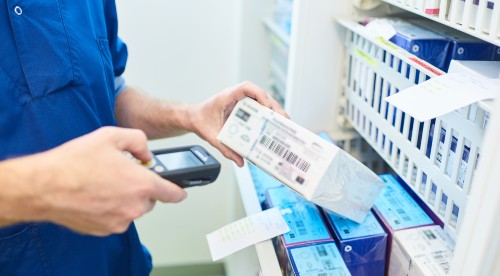
NHS barcode scanning mandate
The mandatory scanning of high-risk medical devices will enable medical device product information to be captured efficiently at the point of care/use. This information is to be held in the Medical Device Outcomes Registry (MDOR) – introduced in response to the Cumberlege Review.
Scanning the product barcode that contains the GTIN and production information (the unique device identifier, UDI) enables the product data attributes required to be captured at the point of use. It also provides a consistent format for data capture in the MDOR.
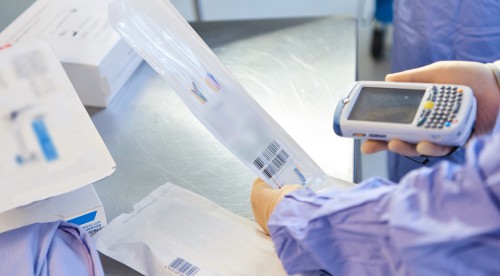
Traceability and patient safety
To support hospitals with implementing Scan4Safety, it is vital for products to have a GS1 barcode that can be scanned at the point of care. This allows for products to be traced to the patient to improve safety.
However, progress can be hindered if products have no barcode, have barcodes that are incorrectly formatted, or are not present on all relevant packaging levels, preventing traceability.
Verifying product barcodes
We can help you make sure the products you manufacture, supply, or use, can effectively support Scan4Safety.
If you work for a hospital that needs a product barcode checked, please use this form to send us further information.
If you work for a medical device supplier and would like to make sure your barcodes are accurate, please get in touch directly at healthcare@gs1uk.org. A member of the team will be able to guide you through the steps you need to take to accurately apply GTINs.
*The Portsmouth barcode survey was conducted across two days and Portsmouth University Hospitals NHS Trust. A range of supplier medical device products were scanned and the barcodes verified in this time. In total, 2433 products were scanned across cardiology, main stores and prosthetics. Results were benchmarked for comparison against similar surveys done in previous years. Thanks to the team at Portsmouth for providing permissions and facilitating the process.
Further information
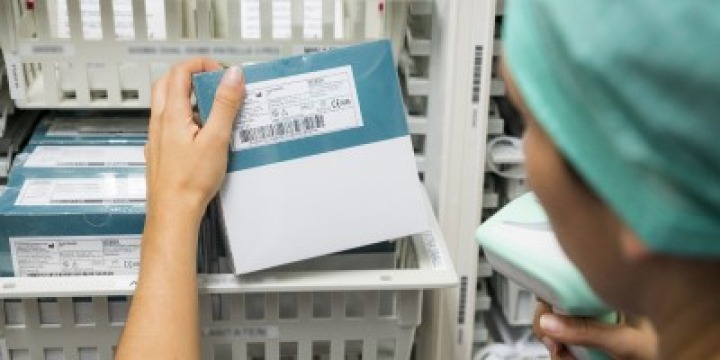
Product identification
Find out more about the GS1 Global Trade Item Number (GTIN) and its impact in healthcare.
